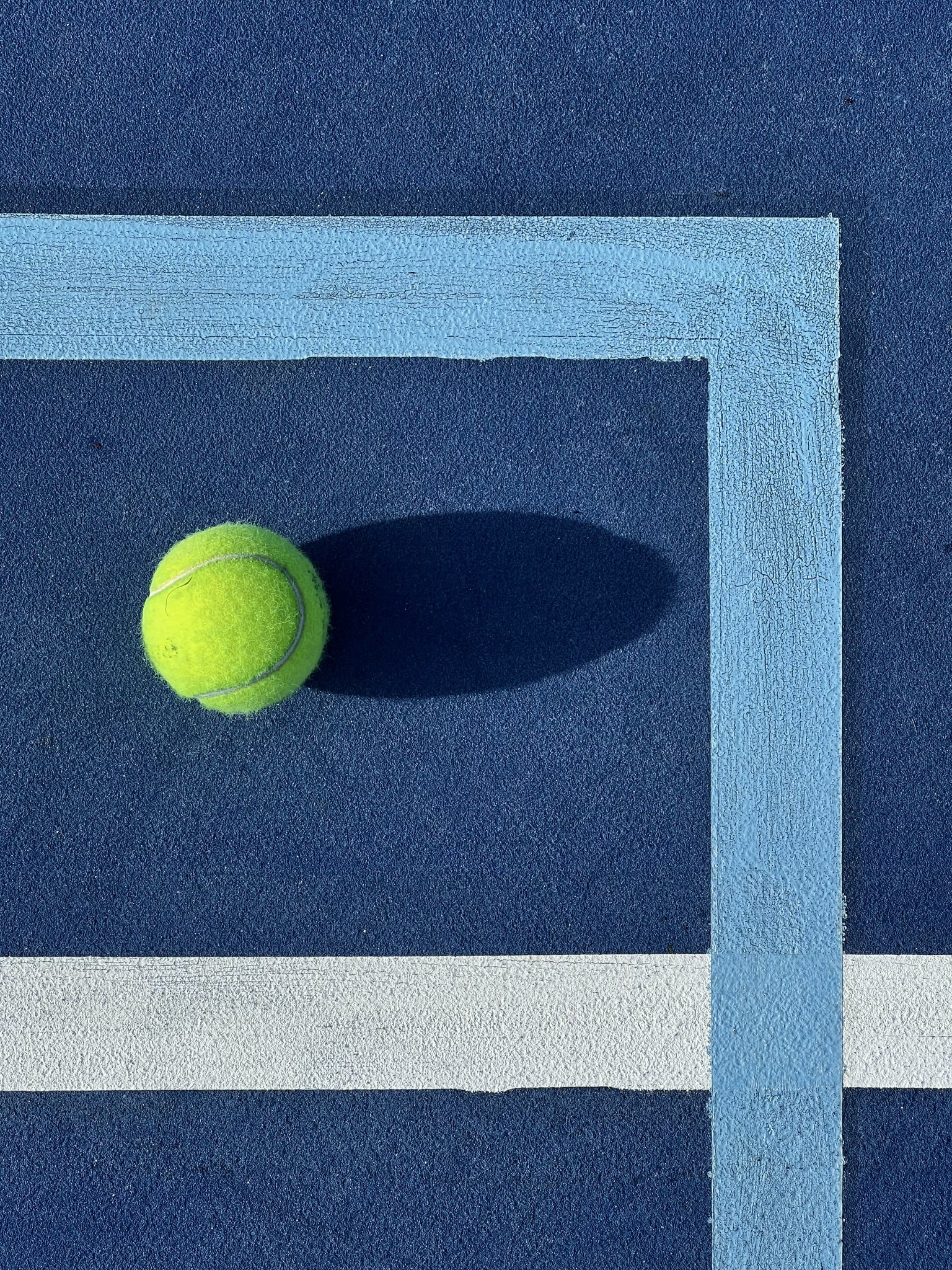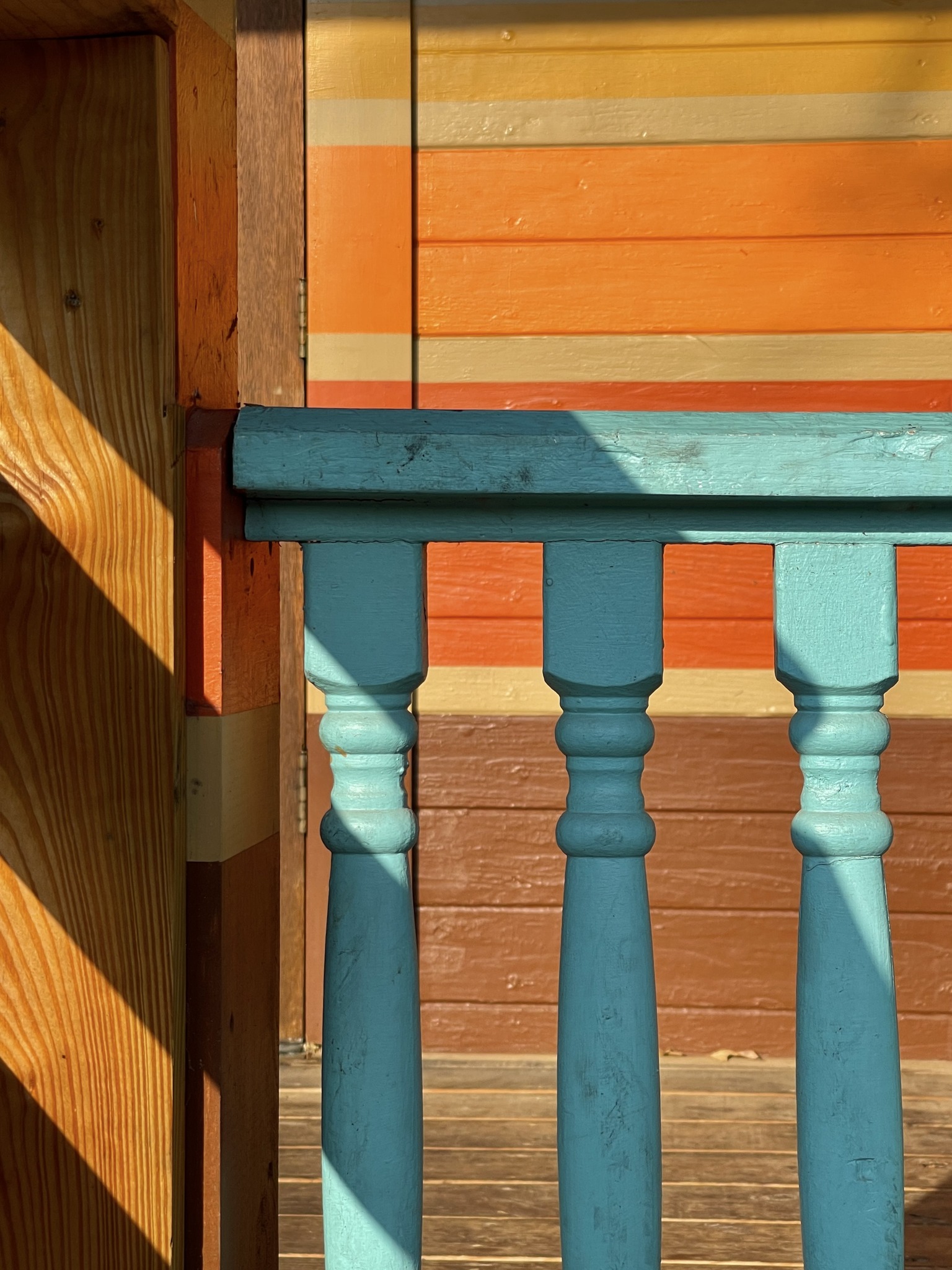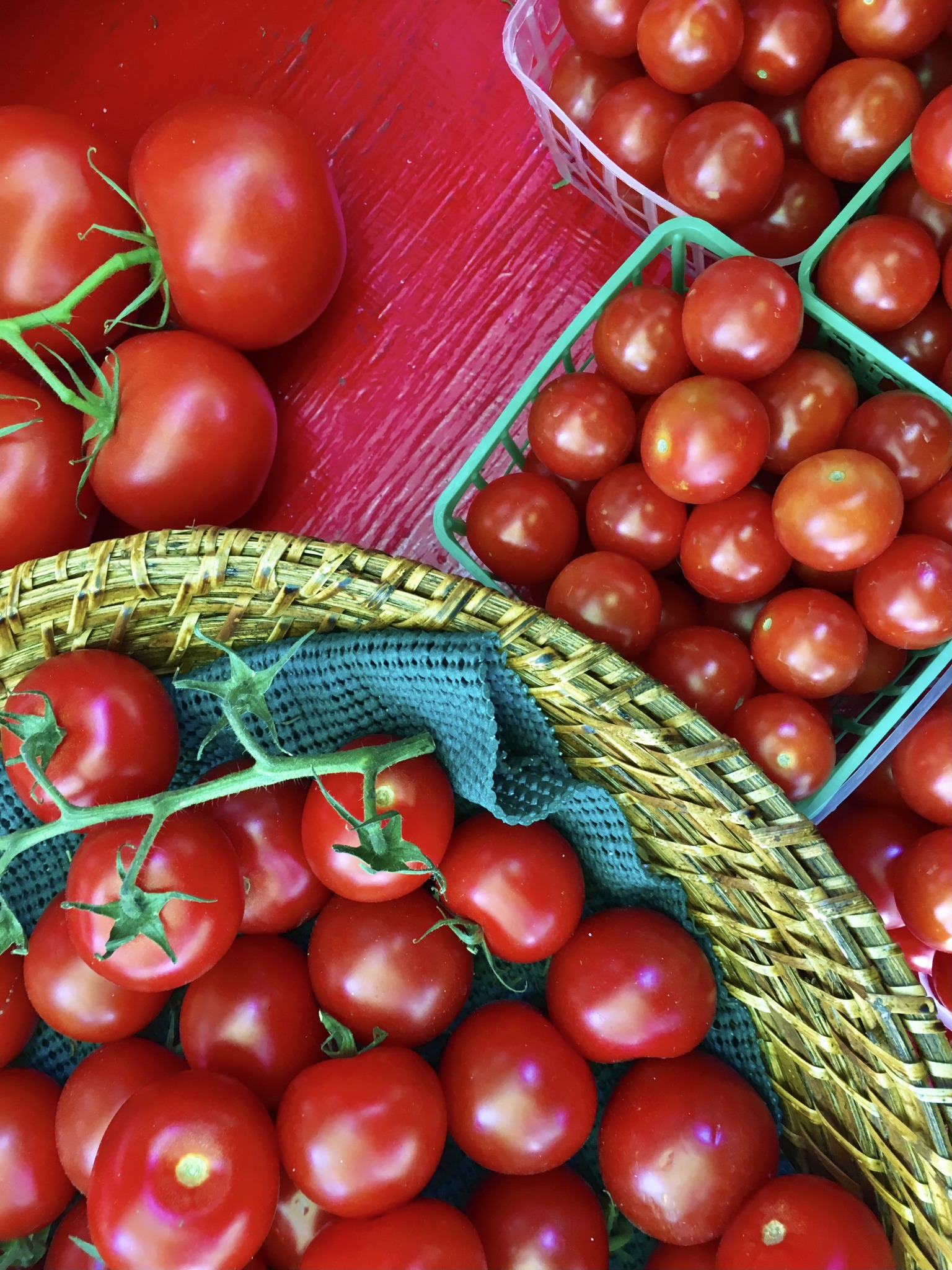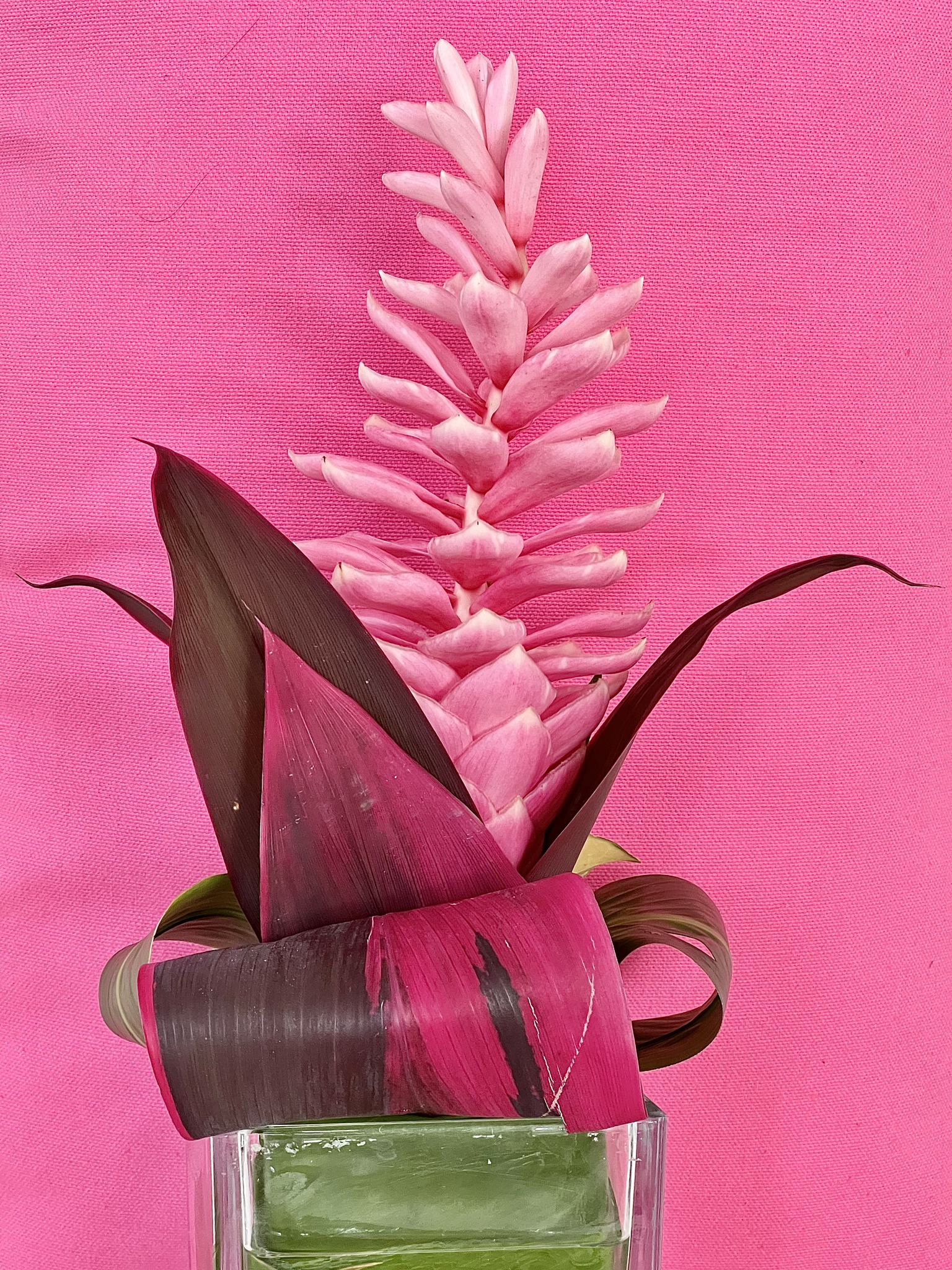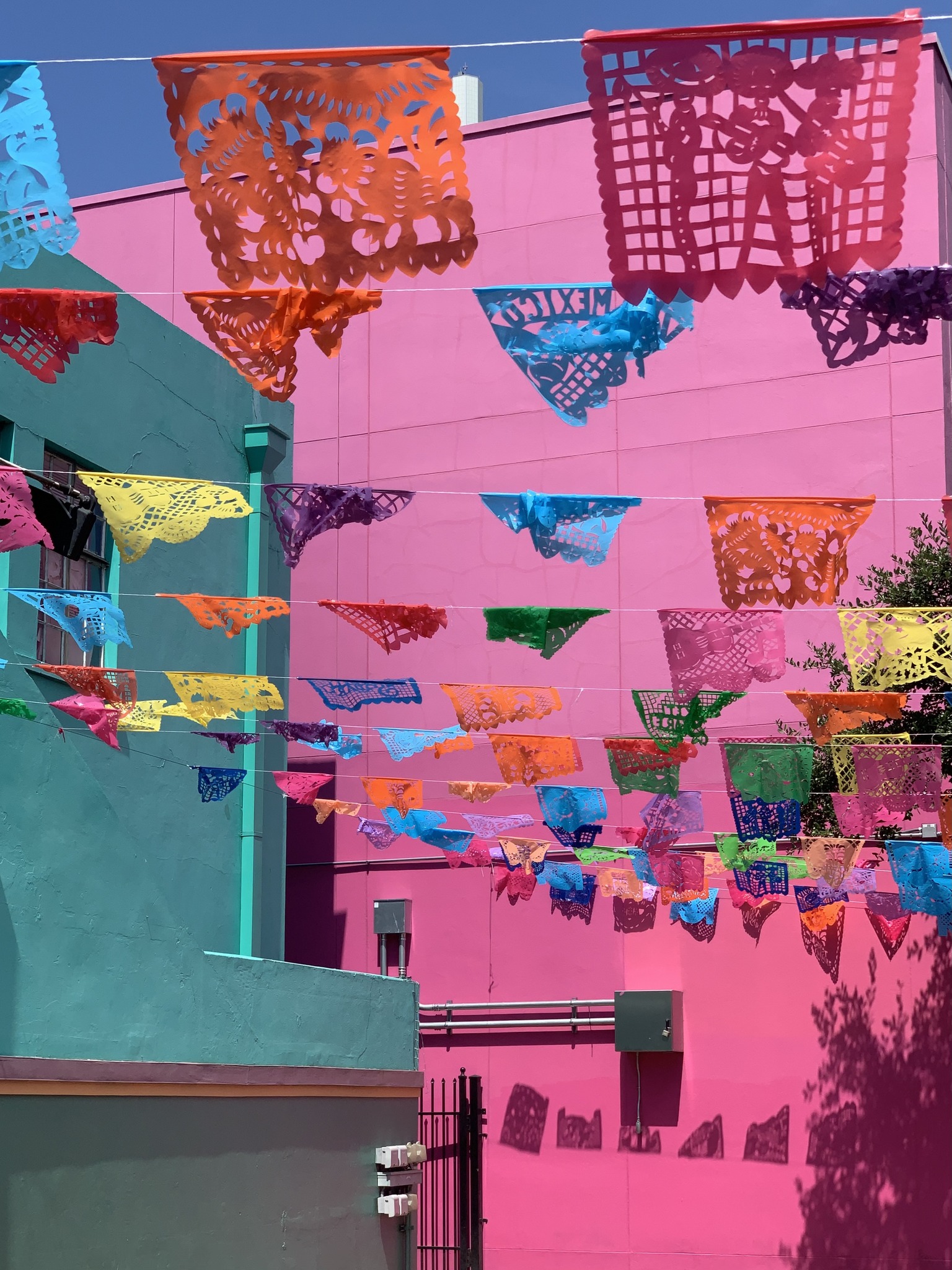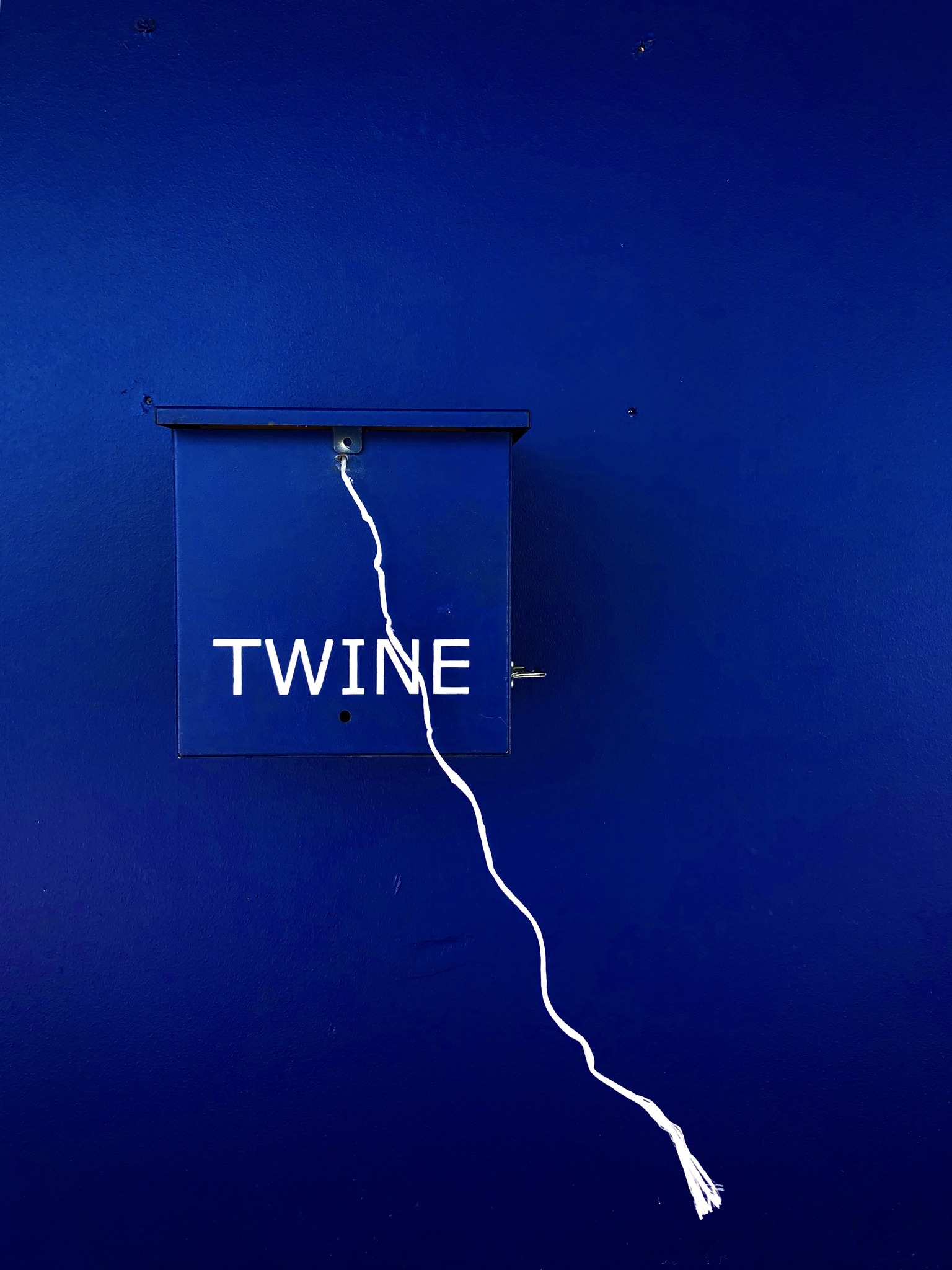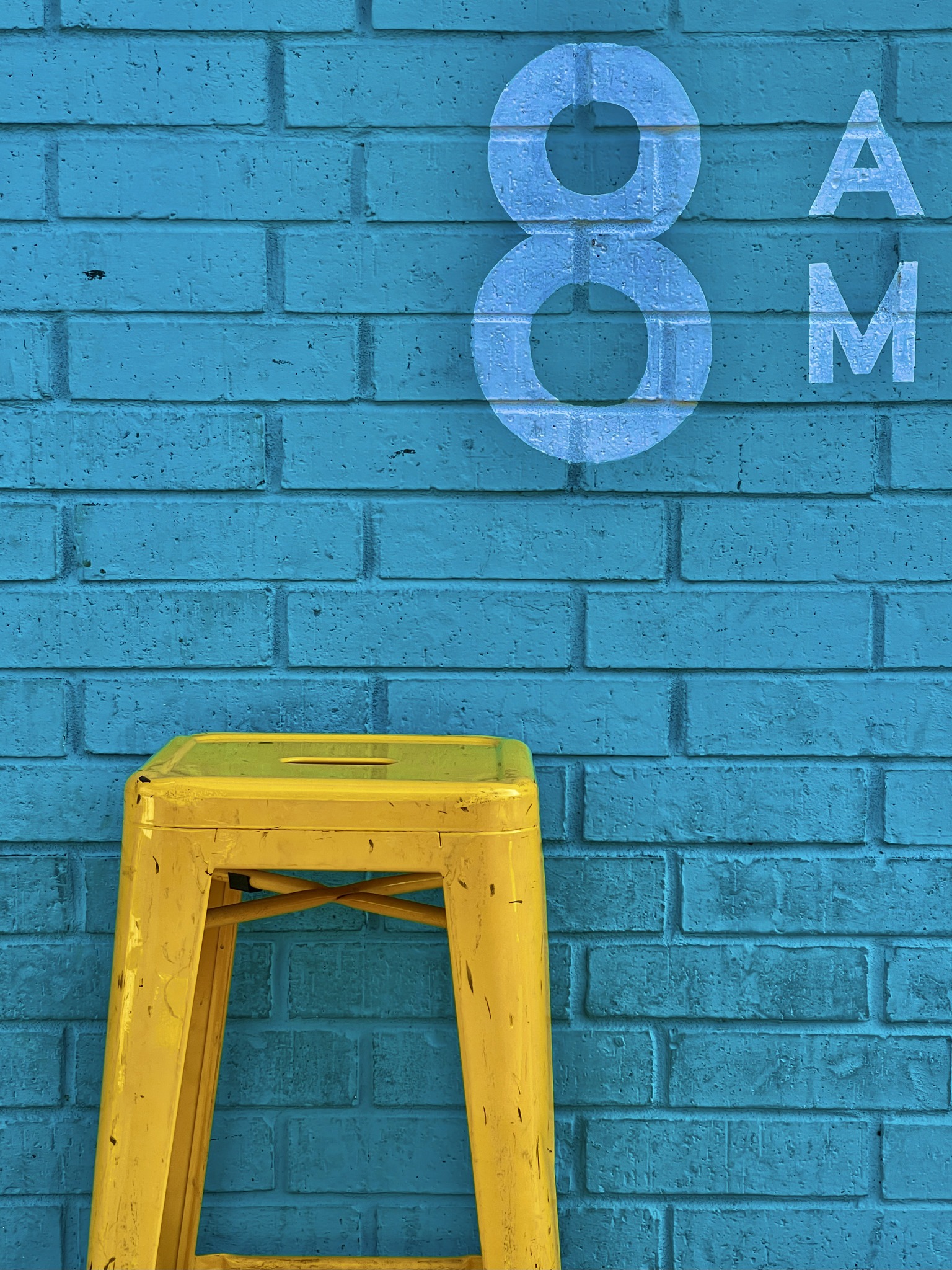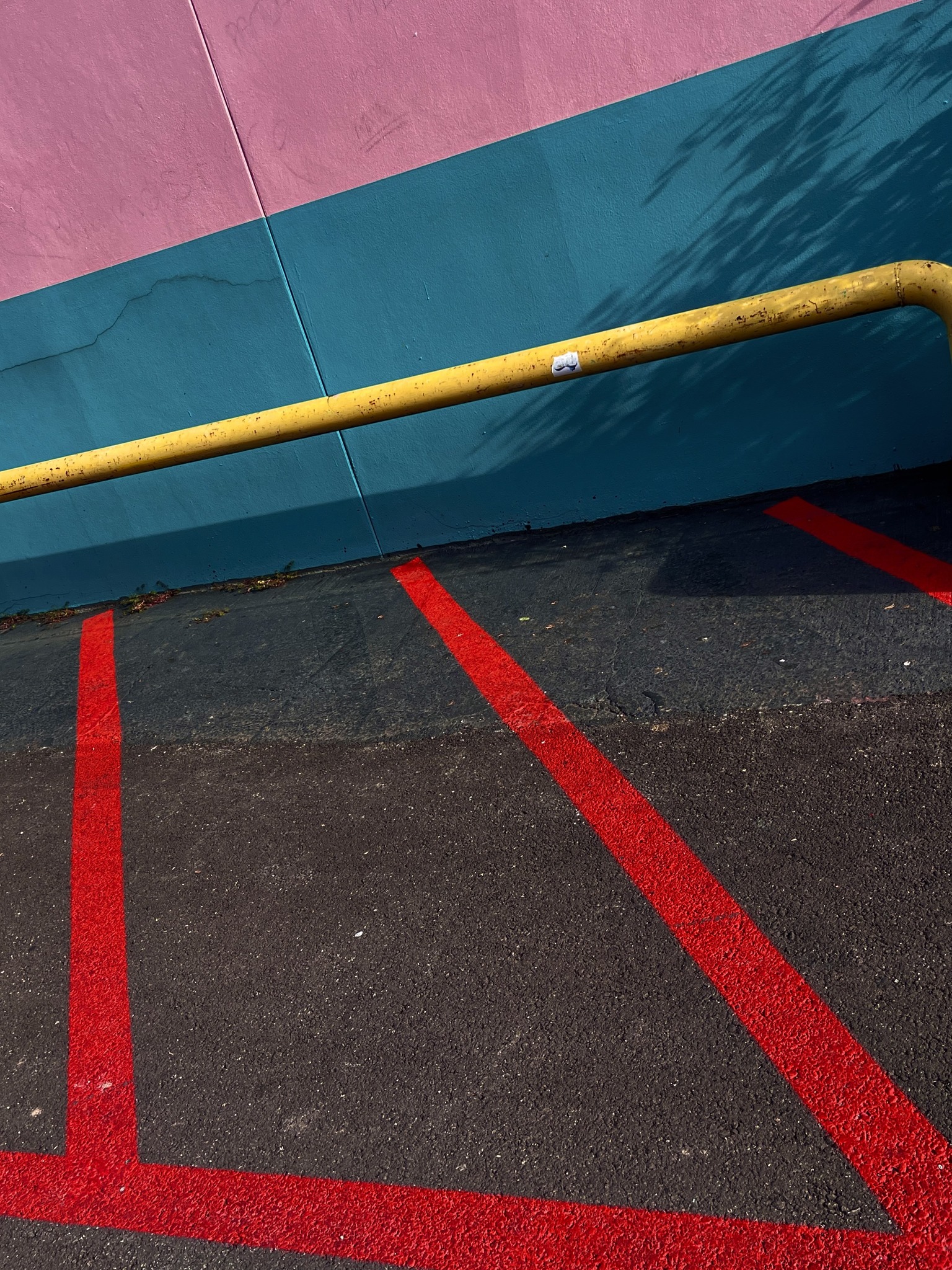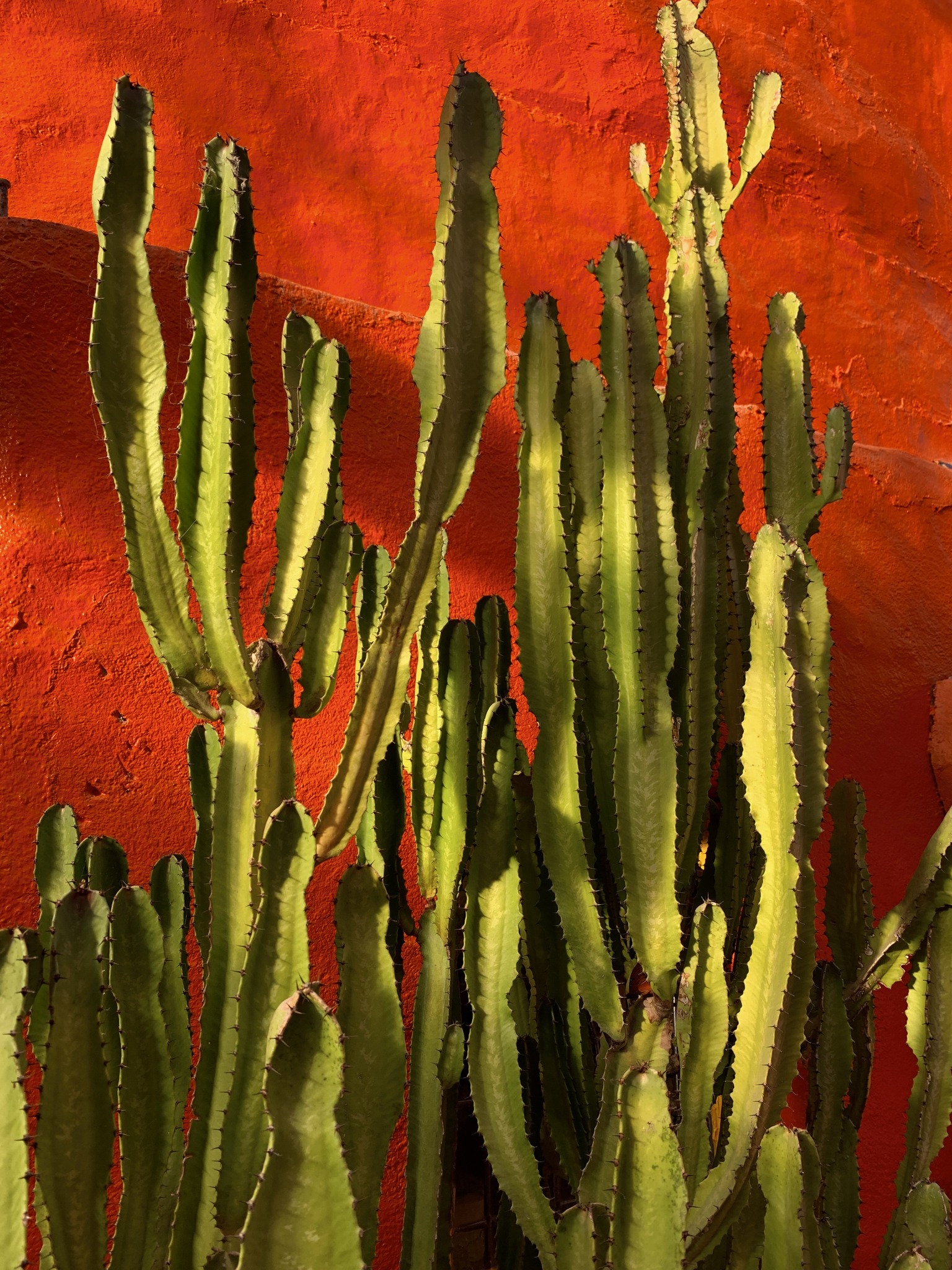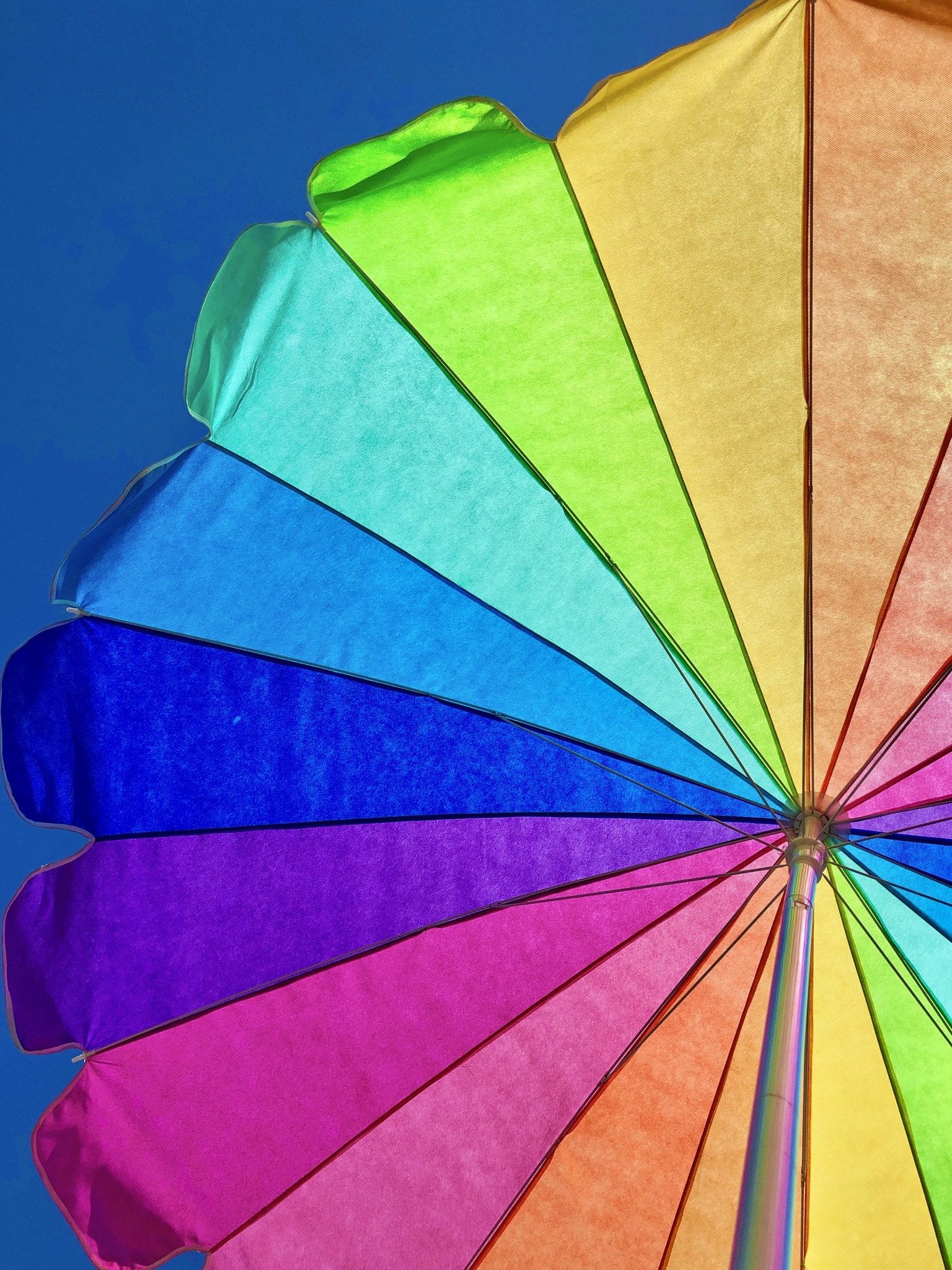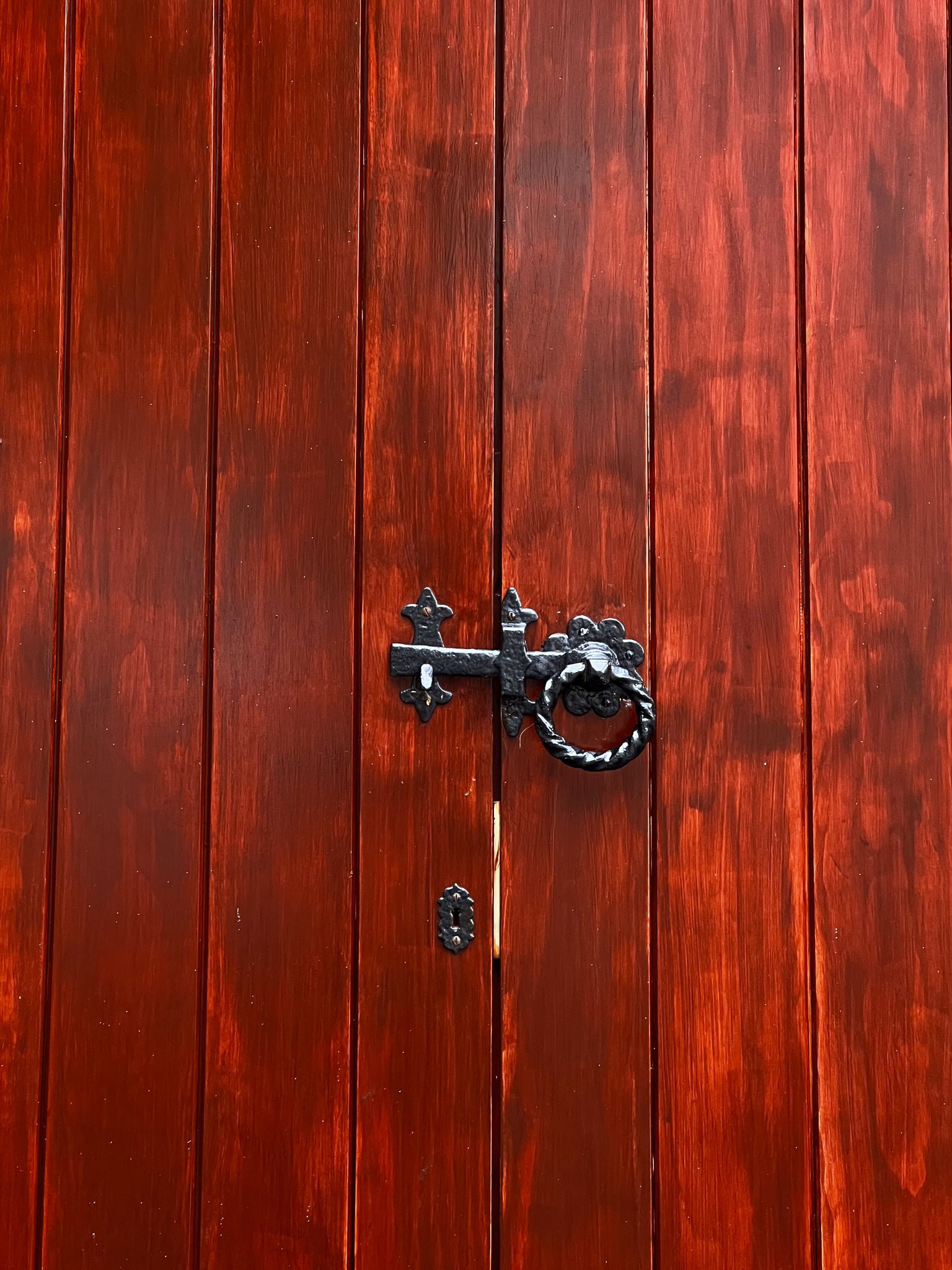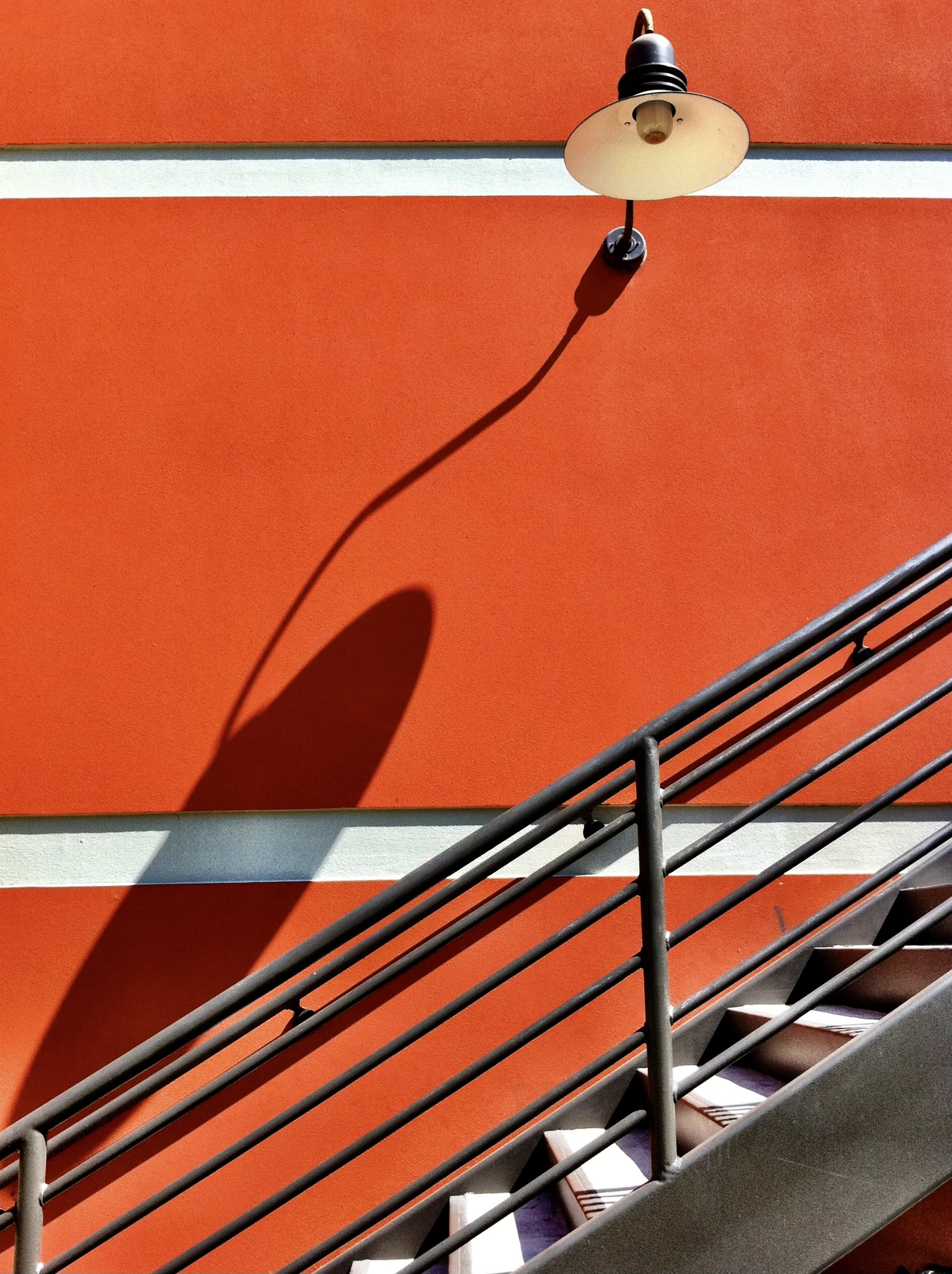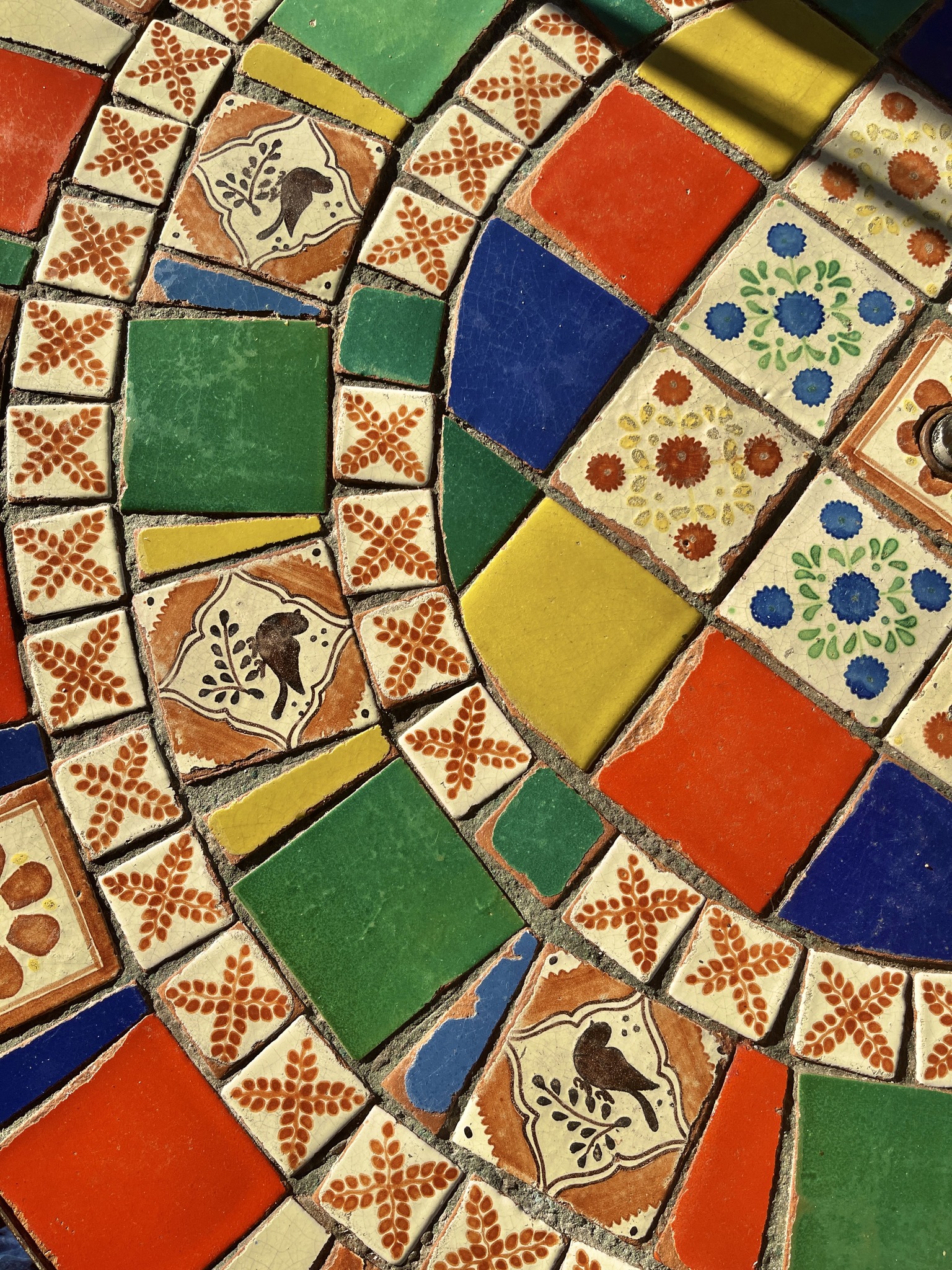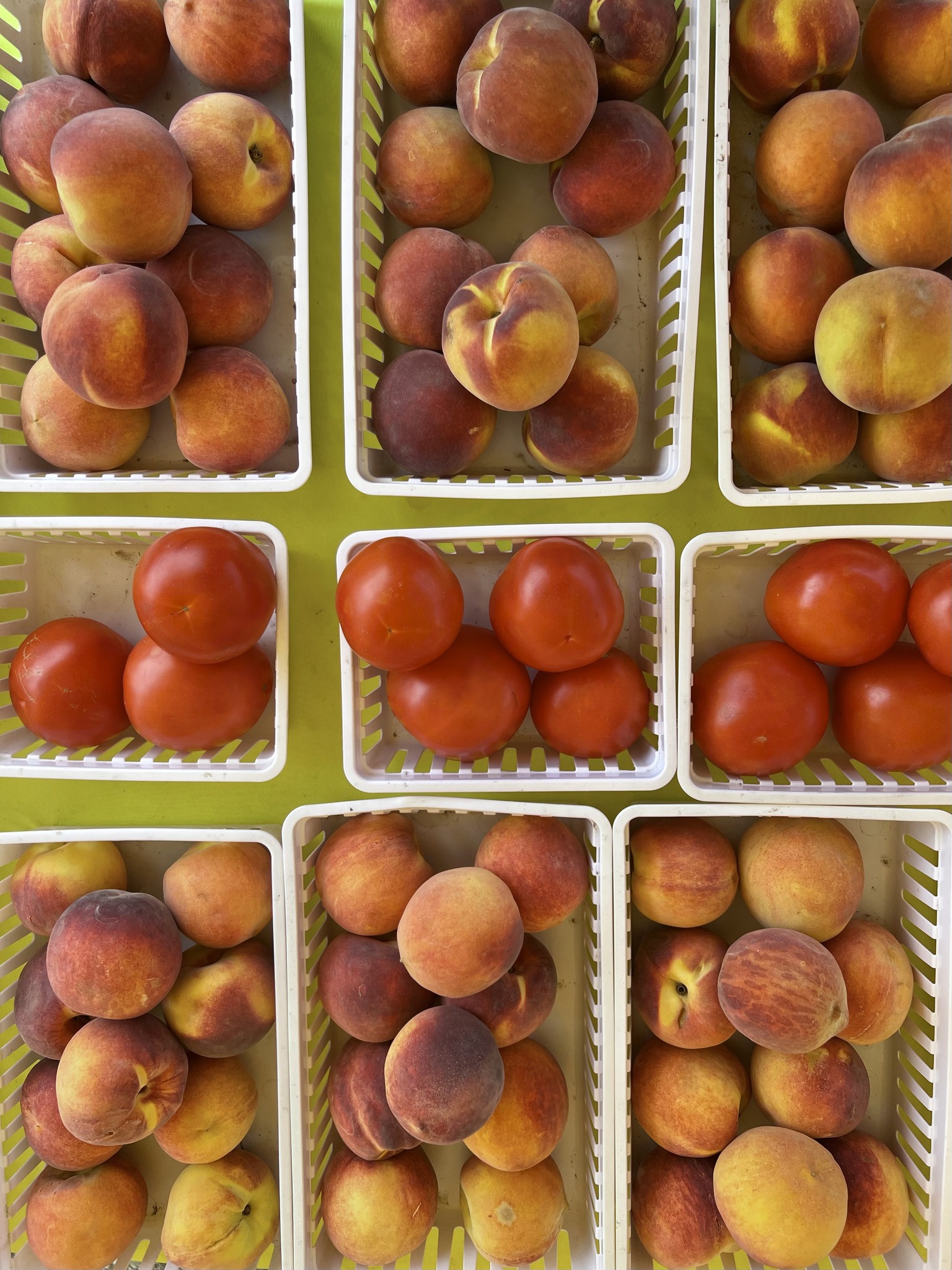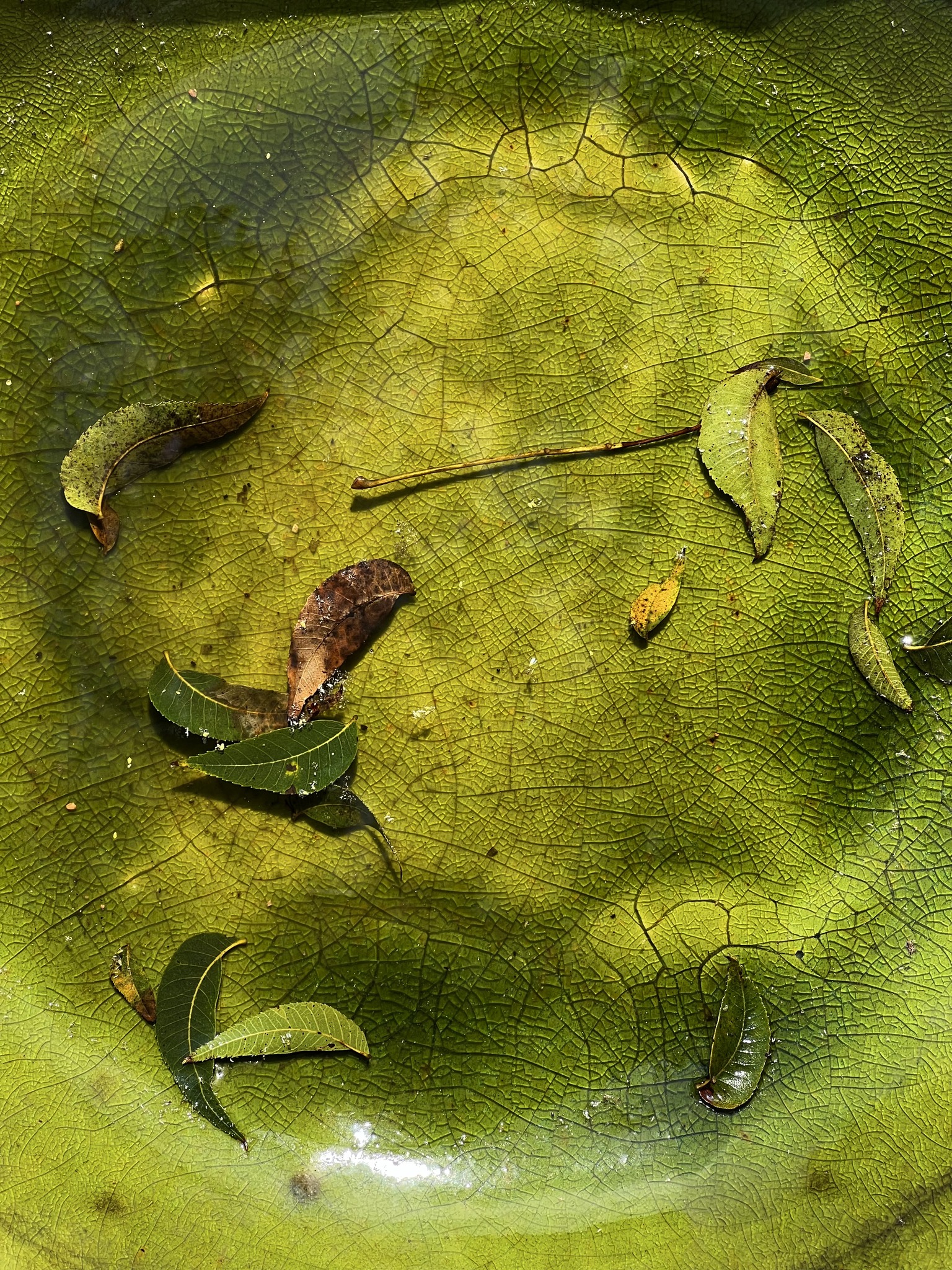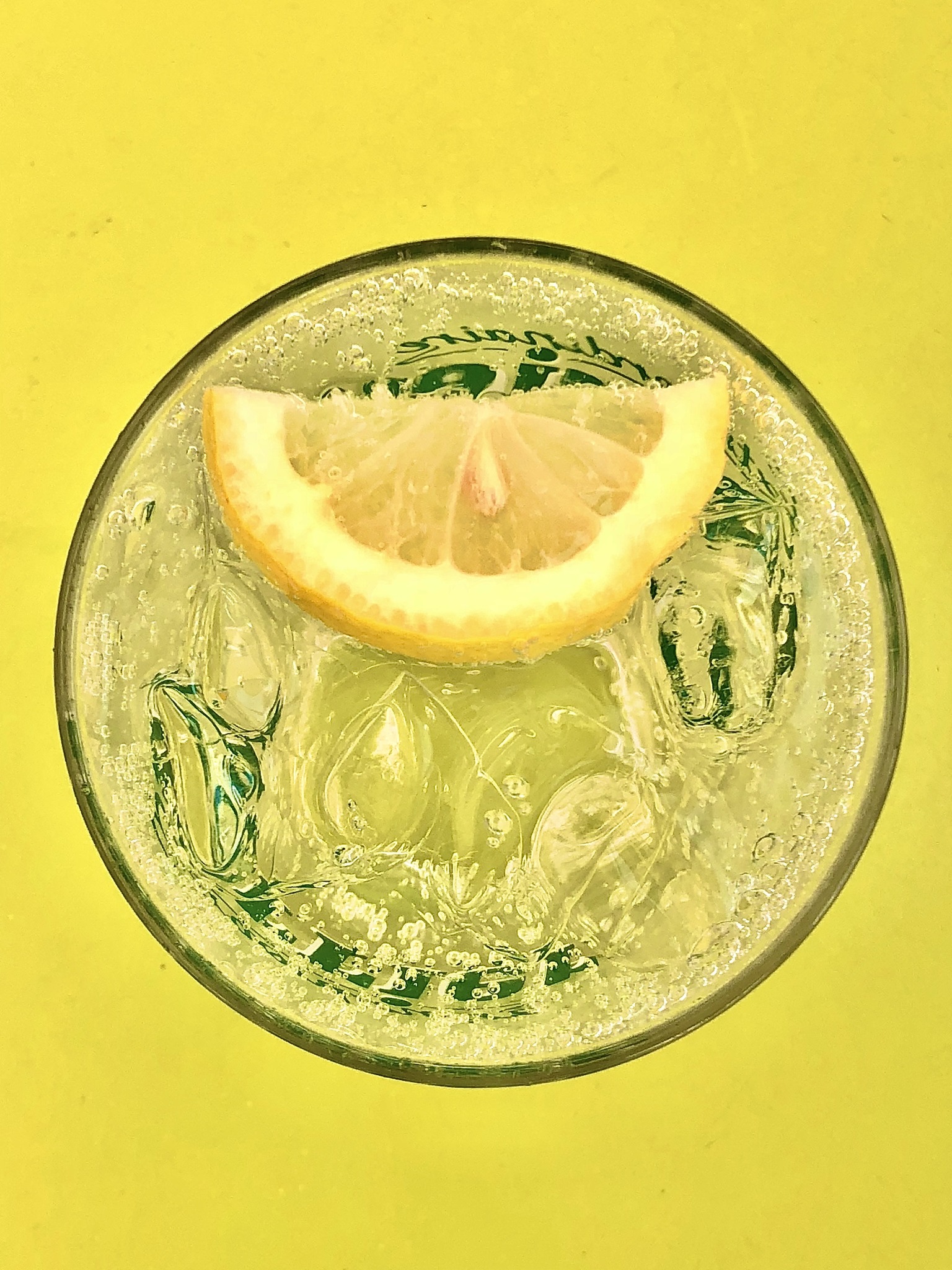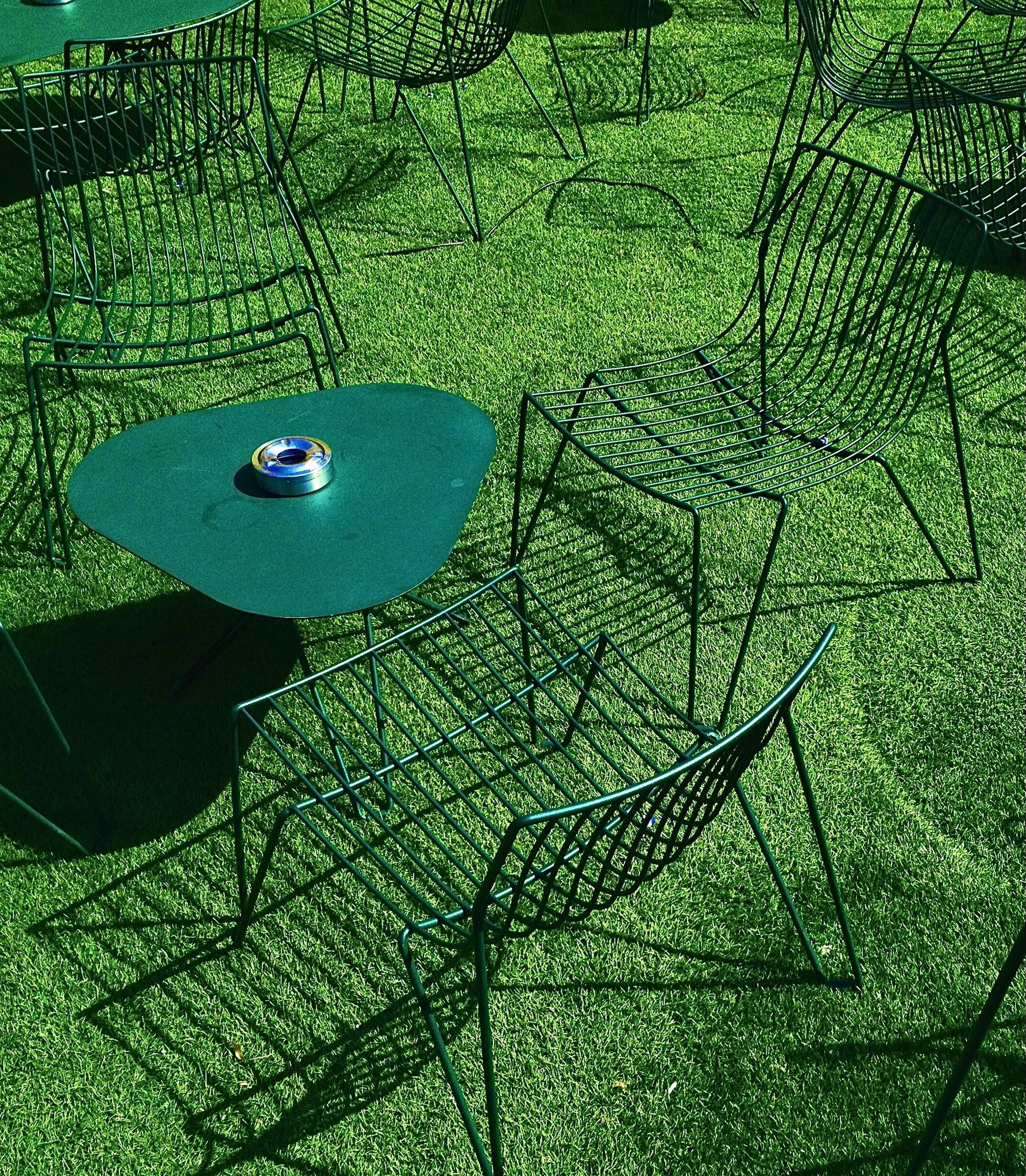I was listening to an NPR interview the other day with Barbara Streisand—yes, that Barbara Streisand. An icon, a perfectionist, a force of nature. She was talking about her memoir, a massive 1,000-page volume that she labored over for years. The interviewer asked her if it was difficult to look back over her life—both the triumphs and the regrets. Without missing a beat, she said: “Of course it was. It was painful. But it was also healing.”
That line hit me like a punch to the gut.
Because for the past several months, I’ve been neck-deep in something that feels eerily similar. No, I’m not writing a memoir in the traditional sense. Not a printed parade of prose or a tidy arc of a life lived. But I am editing one. Just not with words—mine is built from images.
I’m editing my photographic legacy. Specifically, my iPhone photography legacy, which spans close to 15 years and over a million images. And I’ll be honest with you: it’s not been easy. In fact, it’s been emotionally grueling in a way I didn’t expect. I thought I was just going to organize a few folders, delete the junk, tag the good ones, and put some polish on the highlights. You know—photographer stuff.
What I didn’t expect was the avalanche of memory that would come crashing down with every swipe. Every frame opened a door. Every photo had something to say. Not always something kind.
Some of the images made me proud—deeply, unshakably proud. I could remember exactly where I was, what I felt, and why I shot the way I did. Those were the moments that reminded me, You did something right. You saw something real. You mattered.
But many of the images made me wince. I’d look at an angle and ask, Why the hell did I shoot it like that? I’d open a file from a big job and remember the backstage chaos I tried so hard to hide behind the final result. I’d stumble across entire batches of photos I never had the guts to share—either because I thought they weren’t good enough, or I wasn’t good enough.
And then there were the unexpected gifts. A single photo would unlock something far beyond the frame. Not just visuals, but the visceral.
Love lost.
Love gained.
New experiences that redefined me.
Places that cracked me open in ways I didn’t understand until years later.
Emotions I had forgotten I was capable of.
Faces I had crushed on.
Quiet conversations under rustling trees.
Endless road trips that led nowhere and everywhere.
Food I wanted to eat again just for the feeling.
Anxieties relived.
Hopes I whispered.
Dreams I chased.
Wishes I never said out loud.
Secrets I never told.
Flat tires on forgotten highways.
New friends found by accident.
Starry nights that made me believe in something bigger.
All of it… wrapped up in pixels.
You start reliving things you didn’t mean to revisit. Projects that tanked. Clients that ghosted. Trips that felt full of promise but ended up empty. It’s like you’re being invited to your own funeral and forced to watch the slideshow, frame by frame. You see the full spectrum of your career—moments when you soared, moments when you choked, and moments that felt like both at once.
But here’s the surprising part: in that remembering—good and bad—you begin to get stronger. Not weaker. Stronger.
You begin to see that failure isn’t a flaw in the story. It is the story. The crooked compositions, the blown-out exposures, the missed shots—they’re not just technical blunders. They’re timestamps of growth. Road markers. Reminders that you were trying, experimenting, stretching.
Even the successes look different in hindsight. Not shinier, but somehow softer. More human. I see a shot I once thought was flawless and now realize how lucky I was to have captured it. I see images that once screamed perfection and now whisper vulnerability.
Editing your legacy is not a technical task. It’s an emotional excavation. It’s digging through the sediment of your life and finding the fossils of who you used to be. The rookie. The risk-taker. The burnt-out traveler. The overconfident know-it-all. The humble learner. The wide-eyed observer. And yes—the artist.
It’s easy to forget, in the rush of everyday life, how much of your heart ends up inside your camera roll. Especially when you’ve been shooting long enough for the technology itself to change drastically underneath you. I’ve used more than a dozen generations of the iPhone to document my life and the world around me. What began as a curiosity turned into a career. And somewhere along the way, it became a mirror.
Looking back on that work now, I’m not just seeing images. I’m seeing choices. I’m seeing the tension between what I felt and what I showed. I’m seeing how I composed not just photos, but a life.
This process has made me more tender toward myself. That’s maybe the biggest surprise of all. I thought I’d come out of it more critical, more jaded. But instead, I’ve come out more compassionate. Toward the younger version of me who didn’t know what he didn’t know. Toward the stressed-out pro who was just trying to meet deadlines and still sneak in moments of wonder. Toward the human being behind the lens who was doing the best he could with what he had at the time.
You can’t rush this kind of reflection. And you can’t delegate it either. No assistant or AI can tell you what matters. Only you can sit with the work, breathe with it, feel it all over again, and decide what stays and what goes.
And you know what else? I’m grateful I had the presence of mind to keep so much of it. Even the “bad” stuff. The misfires. The mistakes. Because now I see how essential they are to the full picture.
Legacy isn’t a highlight reel. It’s a scrapbook of becoming. And in this act of curating, categorizing, and confronting what I’ve made over the years, I feel more connected to my creative life than I have in a long time.
So yes, Barbara. It is painful to look back.
But it’s also strengthening.
And in that strength… better.
Click.
Jack.
